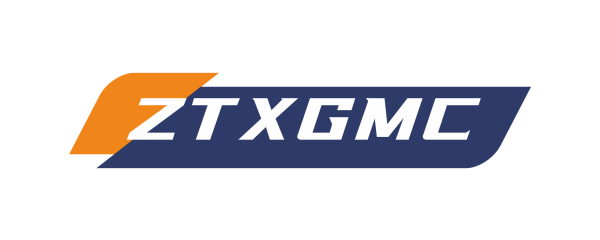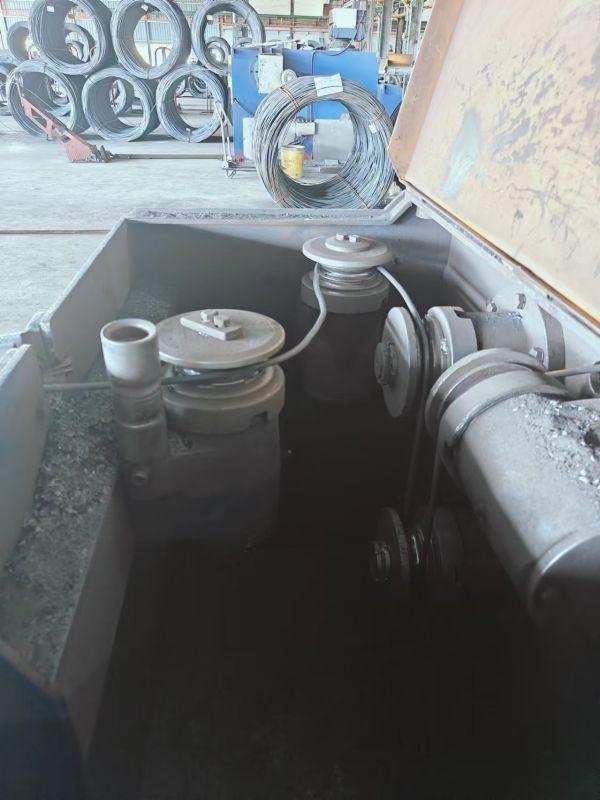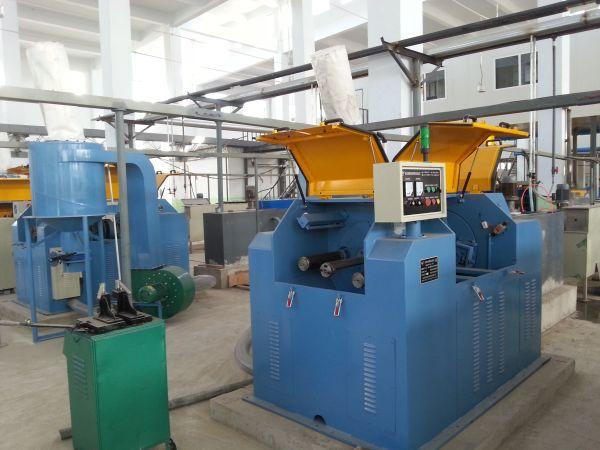Reversed Bending De-Scaler
Maintenance Tips for Reversed Bending De-Scaler to Ensure Optimal Performance
Reversed Bending Descaler is essential tools in the maintenance of industrial equipment, particularly in the steel and metalworking industries. These machines are designed to remove scale and other impurities from metal surfaces, ensuring that the equipment operates efficiently and effectively. To ensure that your reversed bending de-scaler performs optimally, it is crucial to follow a regular maintenance routine. In this article, we will discuss some key maintenance tips for reversed bending de-scalers.
One of the most important maintenance tasks for a reversed bending de-scaler is to regularly inspect and clean the machine. Over time, scale and debris can build up on the rollers and other components of the de-scaler, which can affect its performance. By regularly inspecting and cleaning the machine, you can prevent these issues and ensure that the de-scaler operates smoothly.
When cleaning the machine, it is important to use the appropriate cleaning agents and tools. Avoid using harsh chemicals or abrasive materials, as these can damage the machine’s components. Instead, use a mild detergent and a soft brush to gently clean the rollers and other parts of the de-scaler. Be sure to rinse the machine thoroughly after cleaning to remove any residue.
In addition to regular cleaning, it is also important to lubricate the moving parts of the reversed bending de-scaler. Proper lubrication helps reduce friction and wear on the machine’s components, extending its lifespan and ensuring optimal performance. Be sure to use the manufacturer-recommended lubricant and follow the instructions for application.
Another important maintenance task for a Sand Belt Grinding Descaler is to check and adjust the machine’s settings regularly. Over time, the settings on the de-scaler can drift out of alignment, affecting its performance. By checking and adjusting the settings regularly, you can ensure that the machine operates at its best.
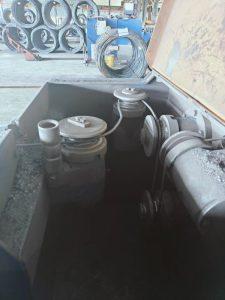
When adjusting the settings on the reversed bending de-scaler, be sure to follow the manufacturer’s guidelines. Make small adjustments and test the machine’s performance before making further changes. If you are unsure about how to adjust the settings, consult the machine’s manual or contact the manufacturer for assistance.
In addition to these maintenance tasks, it is also important to inspect the machine for any signs of wear or damage. Look for cracks, dents, or other issues that could affect the de-scaler’s performance. If you notice any damage, be sure to address it promptly to prevent further problems.
By following these maintenance tips, you can ensure that your reversed bending de-scaler performs optimally and extends its lifespan. Regular cleaning, lubrication, adjustment of settings, and inspection for wear or damage are key tasks in maintaining the machine. By taking care of your reversed bending de-scaler, you can ensure that it continues to operate efficiently and effectively for years to come.
How Reversed Bending De-Scaler Works to Remove Scale Build-Up
Scale build-up is a common issue in industrial settings where water is used for various processes. Over time, minerals in the water can accumulate on surfaces, forming a hard, crusty layer known as scale. This can reduce the efficiency of equipment, leading to increased energy consumption and maintenance costs. To combat this problem, many industries use Reversed Bending Descaling Machine methods to remove scale build-up and restore equipment to optimal performance.
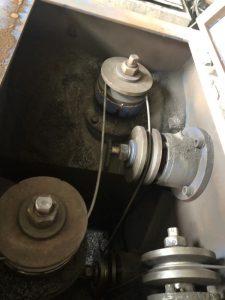
One effective de-scaling method is the reversed bending de-scaler. This innovative technology uses a unique process to break down and remove scale from surfaces, ensuring thorough cleaning without causing damage to the equipment. The reversed bending de-scaler works by utilizing a series of rollers that apply pressure to the surface being cleaned. These rollers are designed to bend in the opposite direction of the surface, creating a reverse bending action that helps to dislodge and remove scale build-up.
The key to the effectiveness of the reversed bending de-scaler lies in its ability to target scale at a microscopic level. The rollers are designed to exert precise pressure on the surface, ensuring that even the smallest particles of scale are removed. This level of precision allows the de-scaler to clean surfaces thoroughly, leaving them free of scale and ready for continued use.
In addition to its precision, the reversed bending de-scaler is also highly efficient. The rollers are designed to move at a controlled speed, ensuring that the cleaning process is thorough and consistent. This helps to reduce the time and effort required for de-scaling, making the process more cost-effective for industrial operations.
Another benefit of the reversed bending de-scaler is its versatility. This technology can be used on a wide range of surfaces, including pipes, tanks, and heat exchangers. Whether the scale build-up is on a small or large surface, the reversed bending de-scaler can effectively remove it, restoring equipment to optimal performance.
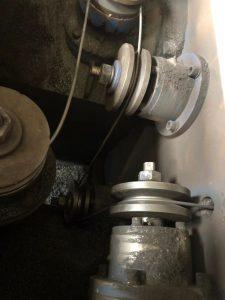
Furthermore, the reversed bending de-scaler is environmentally friendly. Unlike traditional de-scaling methods that rely on harsh chemicals, this technology uses mechanical action to clean surfaces. This means that there are no harmful chemicals released into the environment during the de-scaling process, making it a safer and more sustainable option for industrial operations.
Overall, the reversed bending de-scaler is a highly effective and efficient technology for removing scale build-up from industrial equipment. Its precision, efficiency, versatility, and environmental friendliness make it a preferred choice for many industries looking to maintain their equipment and reduce maintenance costs. By utilizing the reversed bending de-scaler, industrial operations can ensure that their equipment remains in optimal condition, leading to increased efficiency and cost savings in the long run.
